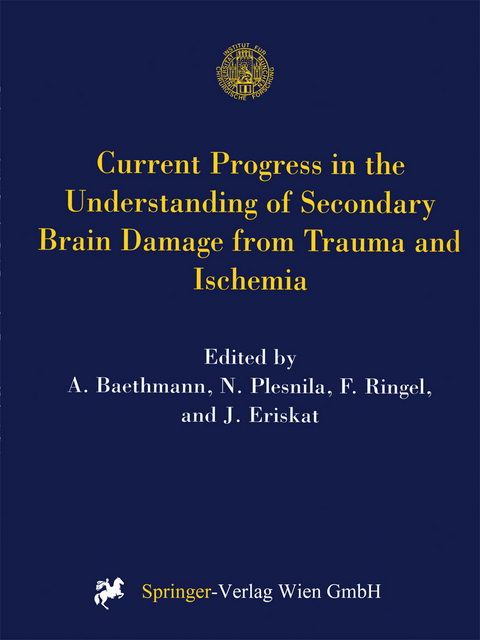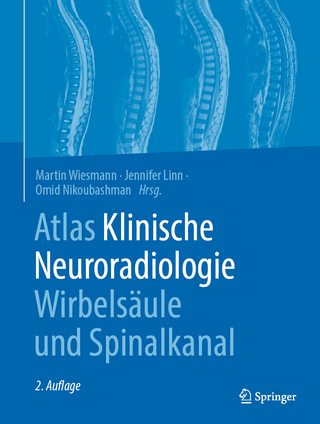
Current Progress in the Understanding of Secondary Brain Damage from Trauma and Ischemia
Springer Wien (Verlag)
978-3-211-83313-1 (ISBN)
Molecular and Cellular Mechanisms
Disturbance of Endoplasmic Reticulum Functions A Key Mechanism Underlying Cell Damage? Role and Mechanisms of Secondary Mitochondrial Failure Initiating Mechanisms Involved in the Pathobiology of Traumatically Induced Axonal Injury and Interventions Targeted at Blunting their Progression Molecular Signals for Glial Activation: Pro- and Anti-Inflammatory Cytokines in the Injured Brain Mechanical and Excitotoxic Lesion of Motoneurons: Effects of Neurotrophins and Ciliary Neurotrophic Factor on Survival and Regeneration
News from Cerebral Ischemia
Modelling of the Ischemic Penumbra The Acute Ischemic Penumbra: Topography, Life Span, and Therapeutic Response Environmental Influence on Gene Expression and Recovery from Cerebral Ischemia Neuroprotective Strategies in Nature Novel Clues for the Treatment of Stroke and Trauma Glial Cell Swelling Effect of Hypothermia The Clot Thickens Thrombolysis and Combination Therapies Assessment of brain tissue viability under clinical Circumstances Heparin-Mediated Extracorporeal LDL/Fibrinogen Precipitation H.E.L.P. In Coronary and Cerebral Ischemia
Remaining Problems in Severe Head Injury
Pediatric Head Injury: What is Unique and Different? Apolipoprotein E and the Response of the Brain to Injury System Analysis of Patient Management During the Pre- and Early Clinical Phase in Severe Head Injury The Frequency, Antecedent Events, and Causal Relationships of Neurologic Worsening Following Severe Head Injury Neuroprotective Effects of Riluzole in Neurotrauma Models: A Review Challenges in Translating the Efficacy of Neuroprotective Agents in Experimental Models Into Knowledge of Clinical Benefits in Head Injured Patients
| Erscheint lt. Verlag | 19.8.1999 |
|---|---|
| Reihe/Serie | Acta Neurochirurgica Supplement |
| Zusatzinfo | VIII, 120 p. |
| Verlagsort | Vienna |
| Sprache | englisch |
| Maße | 210 x 279 mm |
| Gewicht | 642 g |
| Themenwelt | Medizinische Fachgebiete ► Chirurgie ► Neurochirurgie |
| Schlagworte | Axonal injury • European Brain Injury Consortium • Gehirn • Ischämie • Neuroprotection • Neurotrophins • Riluzole • Schädel-Hirn-Trauma • Severe head injury • Trauma • Trauma (med.) • Trauma (Medizin) • trauma surgery |
| ISBN-10 | 3-211-83313-7 / 3211833137 |
| ISBN-13 | 978-3-211-83313-1 / 9783211833131 |
| Zustand | Neuware |
| Informationen gemäß Produktsicherheitsverordnung (GPSR) | |
| Haben Sie eine Frage zum Produkt? |
aus dem Bereich


